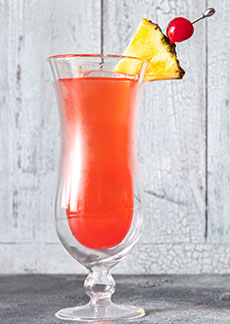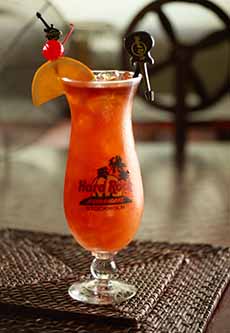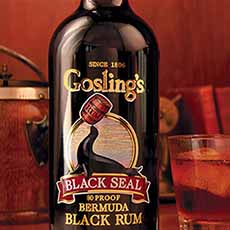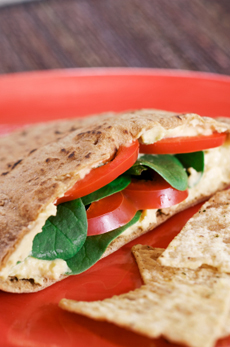|
Why spend money on small jars of “specialty” bean dip when it’s so easy to make your own? You can use black beans (also known as common beans and turtle beans, among other names) or white beans (use cannellini, Great Northern or marrow bean varieties).
The cooking video below demonstrates a chunky black bean salsa dip: a combination of beans, onion, cilantro, jalapeño, lime juice and zest. (The word “dip” is extraneous, except when necessary to explain to non-Mexicans what to do with it.)
Personally, we skip the last step in the video recipe, which adds the juice, zest and segments of an orange. It’s a “fusion” addition: The orange originated in Southeast Asia* and although available in modern Mexico, isn’t part of traditional Mexican cuisine. Instead, add a cup of cooked or raw corn kernels (corn is indigenous to Mexico).
How To Use Black Bean Salsa/Dip
In addition to a dip for chips, it’s a delicious salsa (the word means sauce) for broiled or grilled fish, burgers, chicken, over rice and in a salad with greens and/or vegetables. (Beans are legumes, not vegetables.)
For an even better flavor, plan a day ahead and start with dry beans: They need to soak overnight and cook for up to 90 minutes, until soft and ready to purée.
Want a white bean dip? Try this recipe. This spreadable, puréed dip is delicious on bruschetta and sandwiches as well as for dipping chips.
Beans are a guilt-free food. Among the most inexpensive and nutritious foods available, beans are a great source of protein that can substitute for meat. They are typically low in [beneficial] fat and are cholesterol free, while delivering folate, iron, magnesium and potassium and fiber.
- Check out our Bean Glossary for the many different types of beans.
- All about bean nutrition.
- Make a vegetarian sandwich with white bean dip, using our recipe for a hummus sandwich.
*For those who point out that the lime also originated in Southern Asia: OK, but it’s been a flavor in Mexican cooking for hundreds of years.
|





